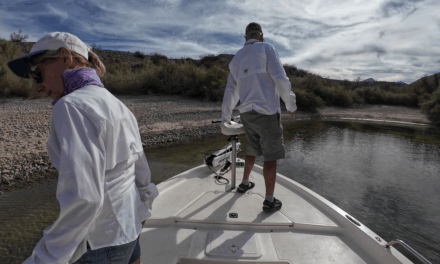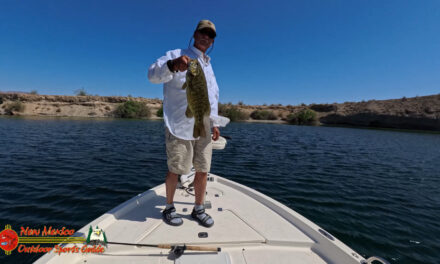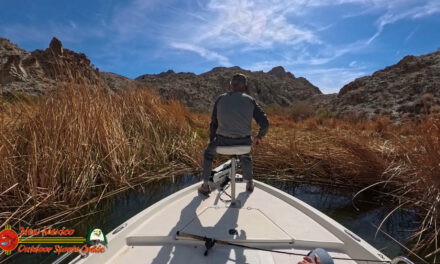TPWD Surveys Show Solid Stocks of Redfish, Trout – Lake Mohave
AUSTIN, Texas –The Coastal Fisheries Division of the Texas Parks and Wildlife Department has released the results of annual coastwide gill net surveys and the news is good for saltwater anglers.
“It was a great way to welcome me onboard,” stated Larry McKinney, Ph.D., the newly named head of the division. “What caught my eye was the continued rise in redfish numbers, some of the highest since 1998,” he continued, “and spotted seatrout numbers, which have been high, continue to hold at those levels.”
The gill net surveys, while just one element of a comprehensive coastal fisheries monitoring program in Texas, nevertheless provide valuable insight into the health of Texas’ important recreational fish stocks and several commercial fisheries, including blue crab and flounder.
McKinney said the news is positive for the two stars of Texas’ saltwater: red drum and spotted seatrout. Often referred to as “specks,” spotted seatrout have enjoyed an upward trend from the early 90s. While the numbers did not continue to increase this year, they seem to be holding steady at that high level. Redfish continue a steady upward trend, approaching numbers not seen since the mid-90s, all of which is good news for saltwater anglers, McKinney said.
For several of the commercial fisheries that can be tracked by gill net surveys the news is also good, but with a caution. Atlantic croaker, an important recreational baitfish, continues to hold steady at levels seen during the last several years, an improvement from more erratic trends of the past. The most positive finding confirms what many anglers have been seeing as they wade the shallow bay waters: blue crabs are on the increase. Crab numbers have jumped from an all time low in 2000 to levels not seen since 1992. The news for flounder is also encouraging, as the downward and alarming trend in population numbers seems to have bottomed out, even though flounder remain a concern to fisheries biologists.
“What it tells me,” noted McKinney “is that the comprehensive shrimping regulations adopted by the Parks and Wildlife Commission in August of 2000 are working. Combined with limited entry programs for commercial fisheries, crab trap removal and continued efforts to assure freshwater inflows, good water quality and sufficient habitat, we are headed in the right direction,” he concluded.
Barring any unforeseen event, TPWD biologists believe saltwater anglers can look forward to very promising fishing this coming spring and summer. That is also good news for the coastal economy as saltwater anglers, who number roughly 860,000, annually pump nearly $2 billion into coastal communities. The prospect for growth is bright, as the number of saltwater anglers has seen a steady increase during the last several years. “There are many ways to analyze this information and all of it is positive,” concluded McKinney, “but the bottom line is simple for me and hopefully for other Texans as well – its time to go fishing.” – Lake Mohave






